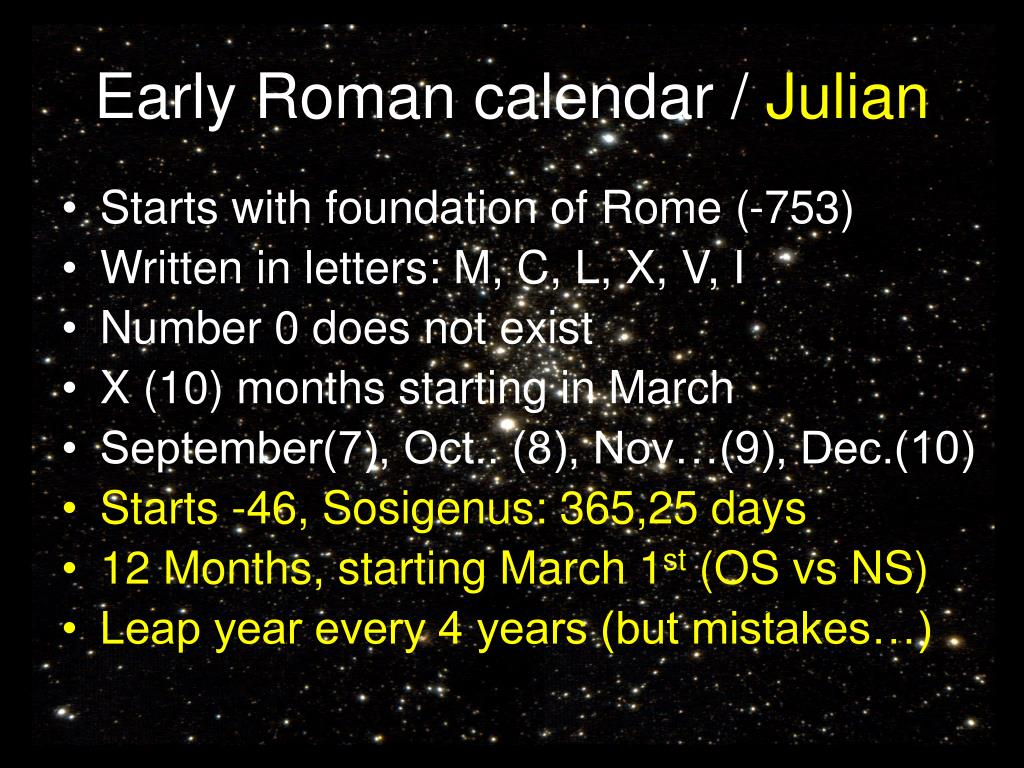The Julian calendar, introduced by Julius Caesar in 45 BC, was the predominant calendar system in Europe for over 1600 years. It was based on a 365-day year with an extra day added every four years to account for the extra time it takes for the Earth to orbit the sun. However, the Julian calendar had a flaw in its calculations, causing it to gradually drift out of sync with the solar year.
In the 16th century, the Gregorian calendar was introduced by Pope Gregory XIII to address this issue. The Gregorian calendar made adjustments to the length of the year and the leap year rules to bring the calendar back in alignment with the solar year. This resulted in a more accurate calendar system that is still used today in most parts of the world.
Julian Calendar Vs. Gregorian Calendar
The Gregorian Calendar
The Gregorian calendar, named after Pope Gregory XIII, was introduced in 1582 as a reform of the Julian calendar. One of the main differences between the two calendars is the leap year rule. In the Julian calendar, a leap year is every four years, while in the Gregorian calendar, a leap year is every four years except for years that are divisible by 100 but not by 400.
Another key difference is the start of the year. In the Julian calendar, the year began on March 25th, while in the Gregorian calendar, the year begins on January 1st. This change was made to align the calendar year with the natural year cycle.
Conclusion
In conclusion, while the Julian calendar served as the primary calendar system for many centuries, it was eventually replaced by the more accurate Gregorian calendar. The Gregorian calendar has become the standard calendar used in most parts of the world today, providing a more precise and reliable way of measuring time. Understanding the differences between the Julian and Gregorian calendars can help individuals appreciate the evolution of timekeeping and the importance of calendar reforms throughout history.
